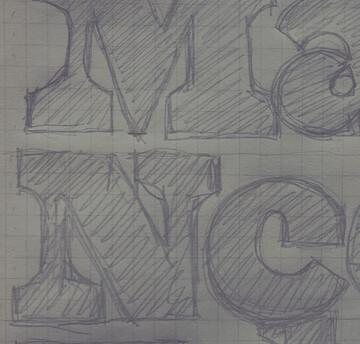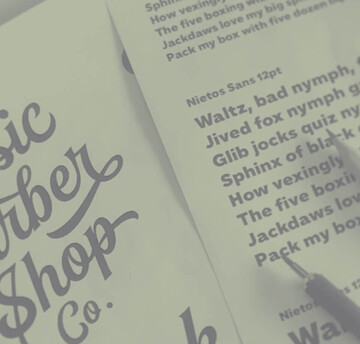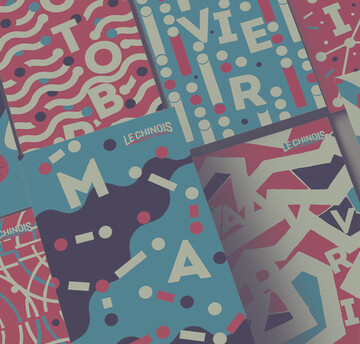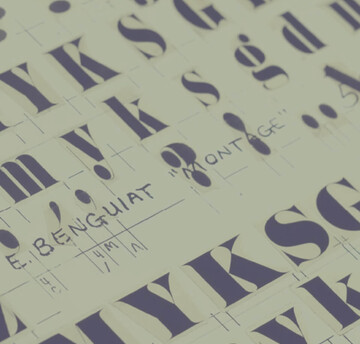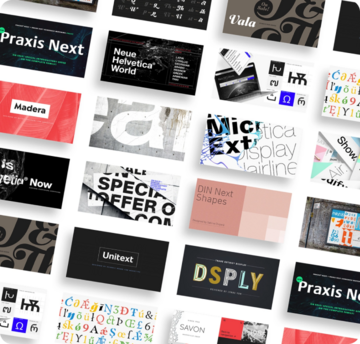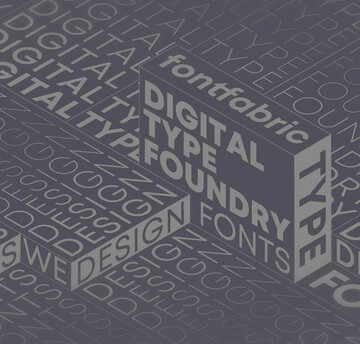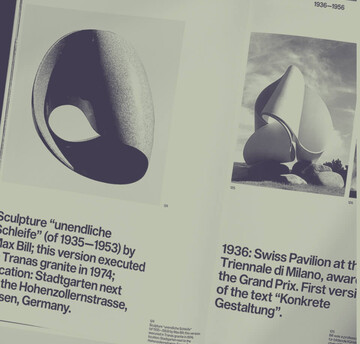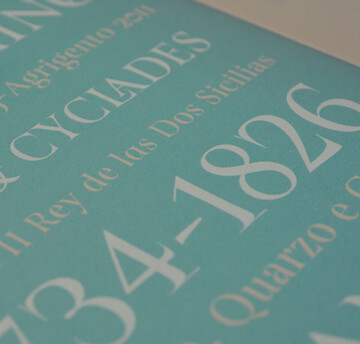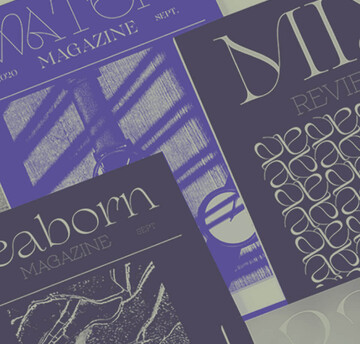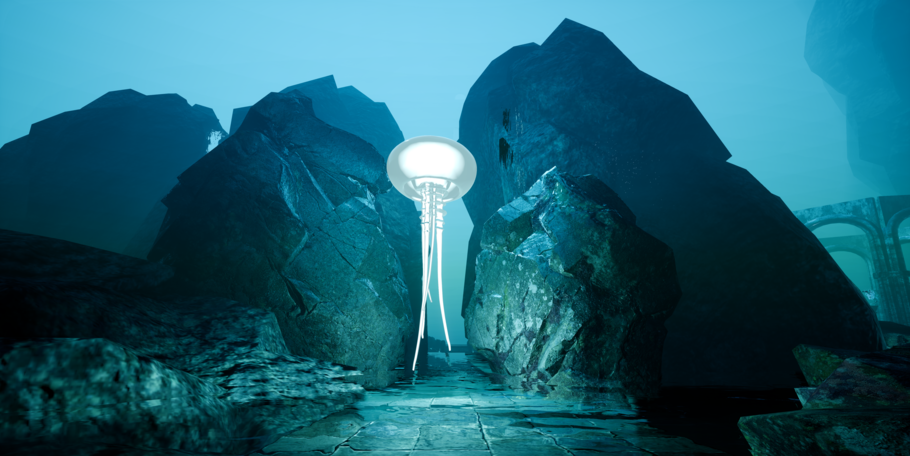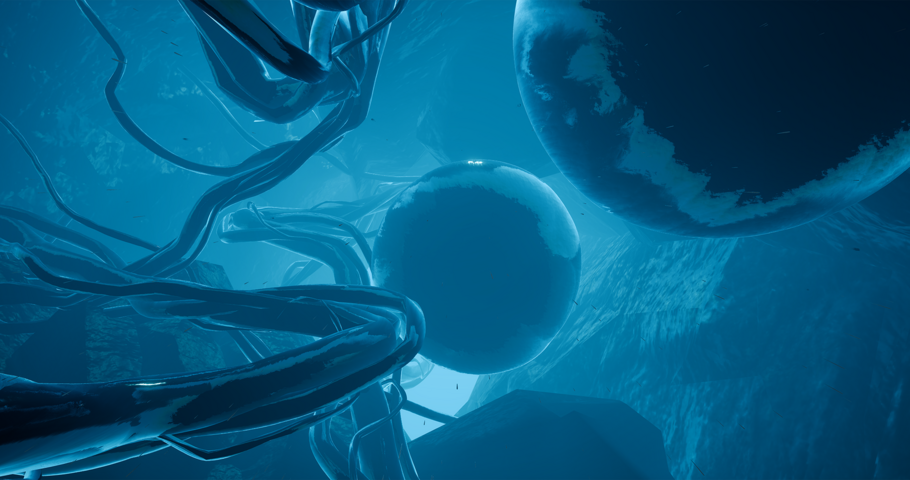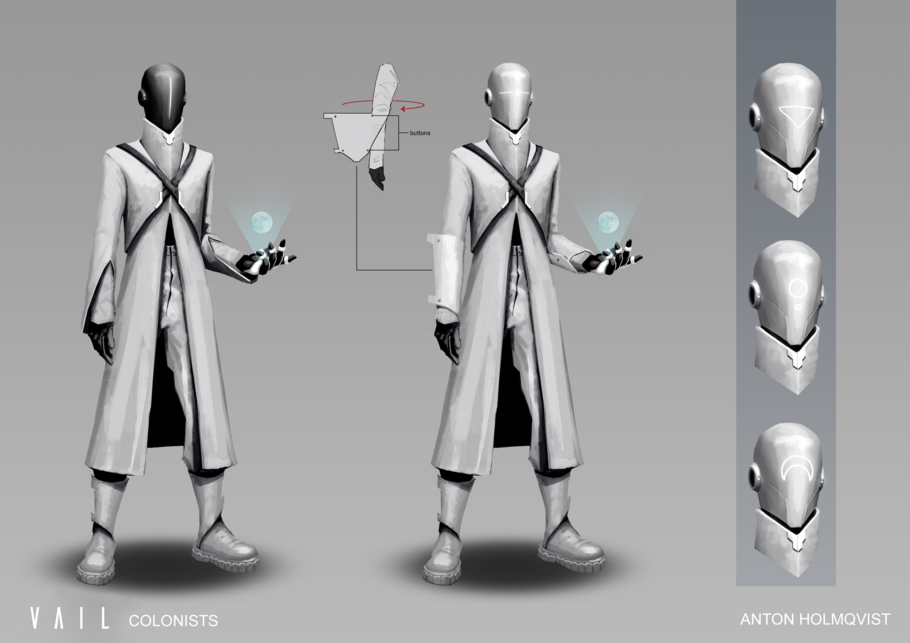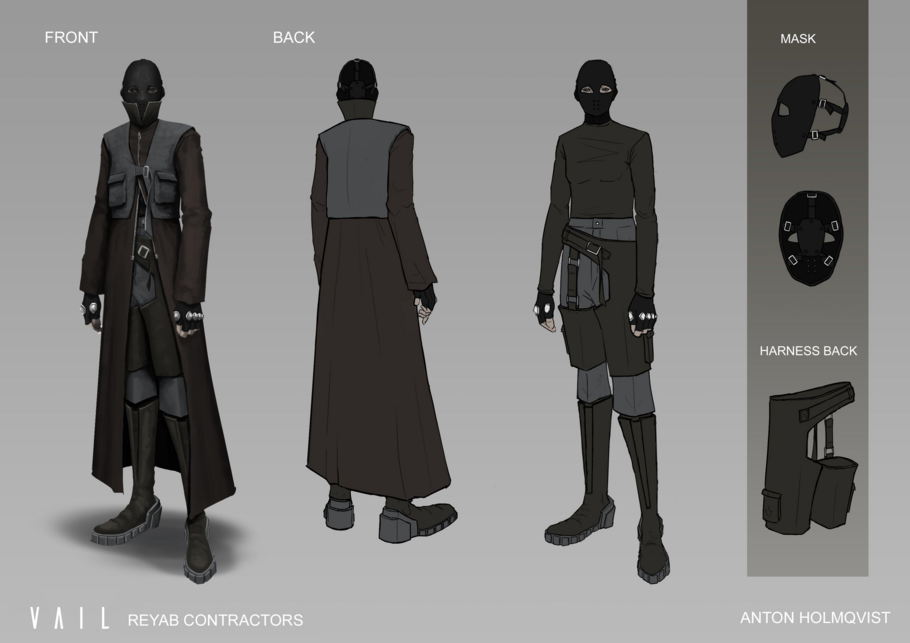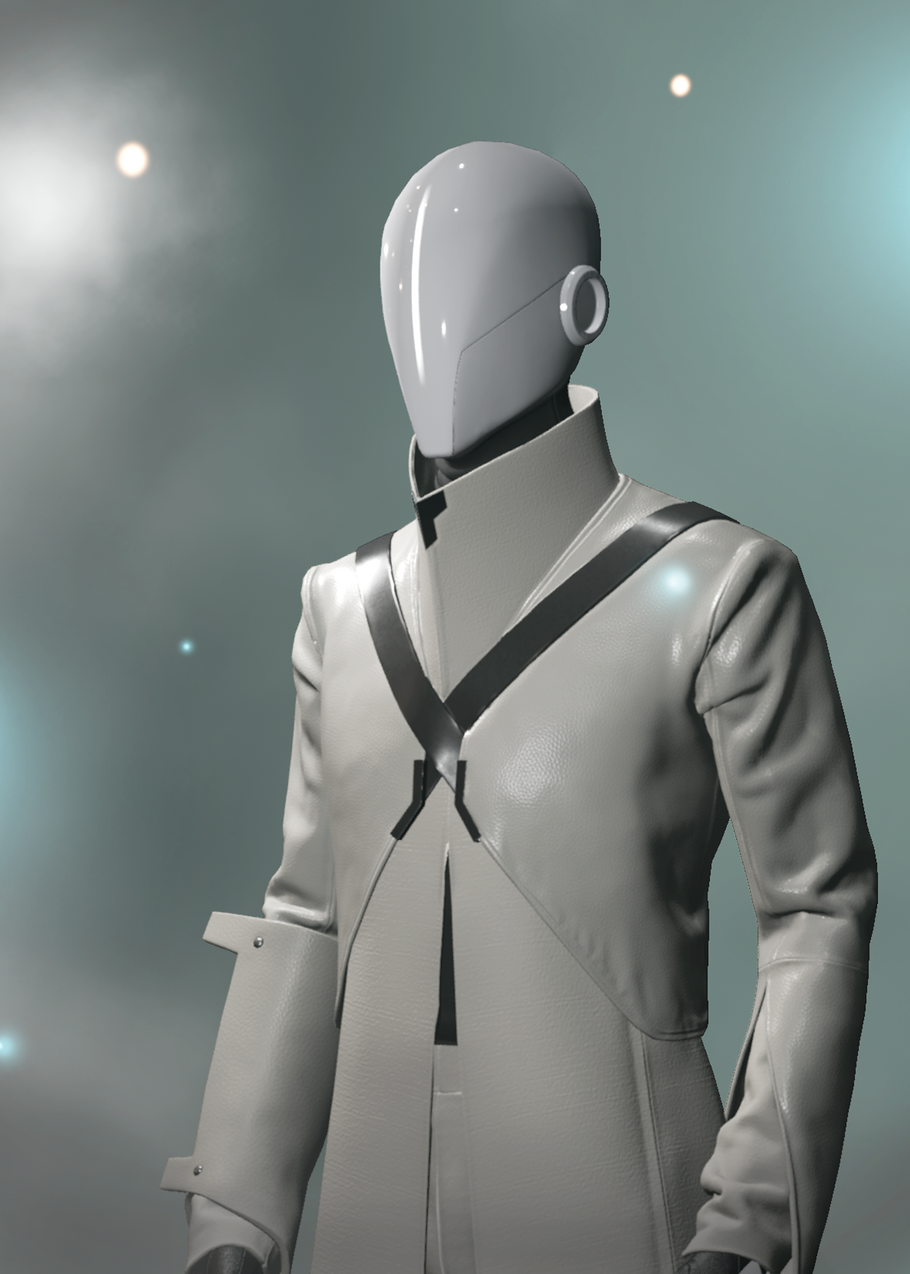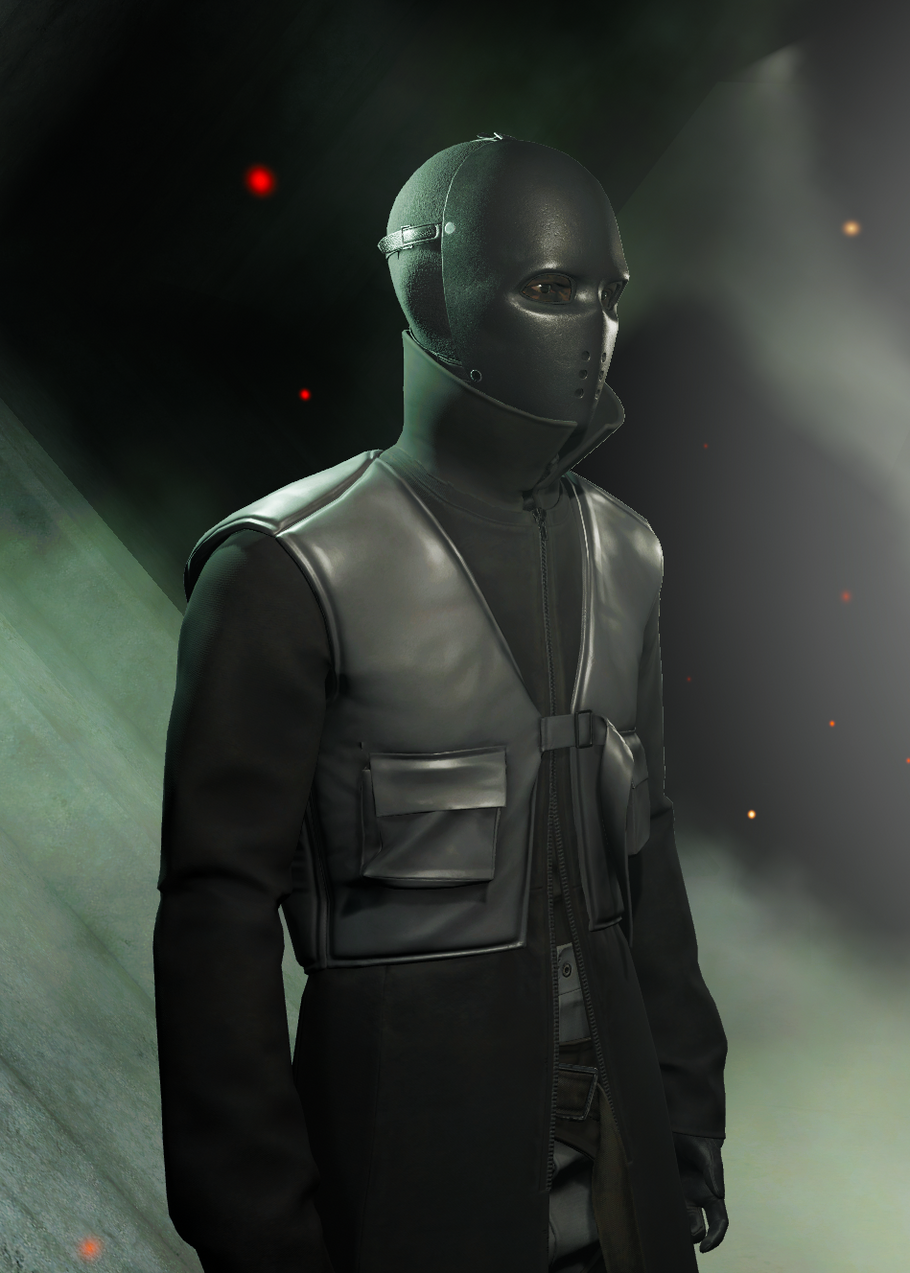Design by trial: creating meaningful connections in virtual worlds.
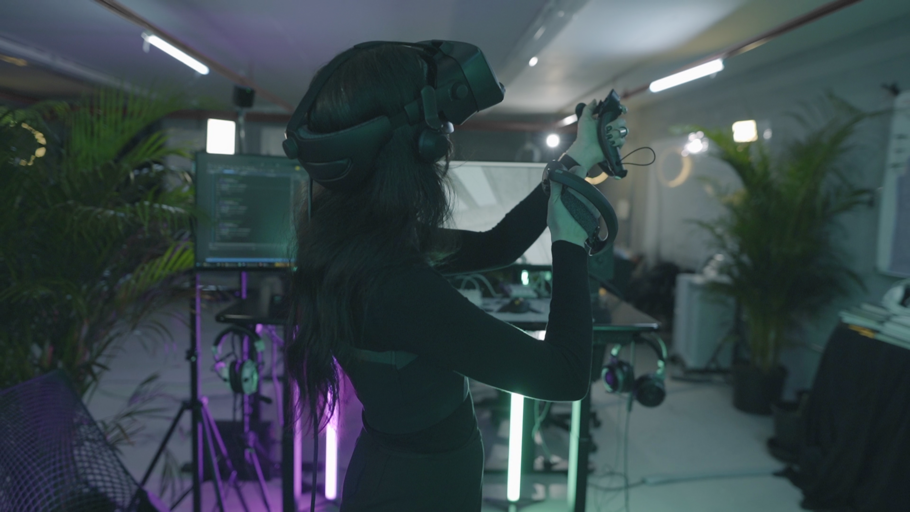
Elizabeth Ann Clark.
In a time when many of us have felt further apart from each other than ever before, software like Zoom, FaceTime, livestreams and online video games have filled in for socializing in person. Virtual reality has also seen an uptick in usage, and for many people, stepping into a virtual game with other players can provide an added layer of interactivity (see: phantom touch) that can’t be reached with other mediums.
We’ve been watching the VR space for some time now with a particular interest in how type is used in virtual environments.
“It’s an exciting time to be working in this field. There’s so much room for innovation and shifting the paradigm of how to experience everything from music, games, entertainment to social experiences,” says Elizabeth Ann Clark, Chief Creative Officer of VR game developer AEXLAB.
Clark oversees the visual aesthetic of AEXLAB and its flagship VR game VAIL, managing a team of visual designers, artists and concept artists, technical artists, character artists, and environment artists. AEXLAB has previously created VR experiences for Red Bull, the American Institute of Architects, and Epic Games.
In 2015, Clark fell into designing for VR somewhat unintentionally. Traditionally trained as a filmmaker, she was working on a game project called Water Planet for an album she had produced when someone suggested that she should transform it to VR. What began as a music project evolved to film and ultimately to virtual reality, and eventually landed in the Institute of Contemporary Art in Miami.
At the time, there weren’t many resources for budding VR designers and developers, so Clark and her partner and AEXLAB CTO, Albert Ovadia, relied on the Unreal Dev Grants Program, a small but burgeoning VR community, and hours and hours of testing.
“You can try to make similar design choices that you would when approaching other mediums,” Clark says, “but the same principles don’t always apply in VR, so it’s been an interesting journey exploring how to present information within virtual worlds.” When designing for VR compared to a 2D space, for example, there is much more real estate to cover because players have a full 360-degree view and can explore every inch of the environment in great detail. The other major piece to consider when designing a VR game is the interface.
Elizabeth Ann Clark.
When it comes to text, Clark points to the amount of fine-tuning required to get it right in VR. AEXLAB works hard to make sure the text in menus and mini maps within the VAIL experience is comfortable and can be customized to the player’s preferences. “In VR you really have to experiment with what’s comfortable,” Clark notes, “Depending on the location, size, or the quality of a font, it can actually have a substantial effect on the experience. If it’s done poorly, it can also contribute to motion sickness, so it’s experimental. There’s no documentation for the best use case right now, so it’s something that’s still being built out. There is a lot of free information available, but I think there’s still a lot of room for improvement in the design and that’s something we’re going to see developing a lot in the next couple of years.”
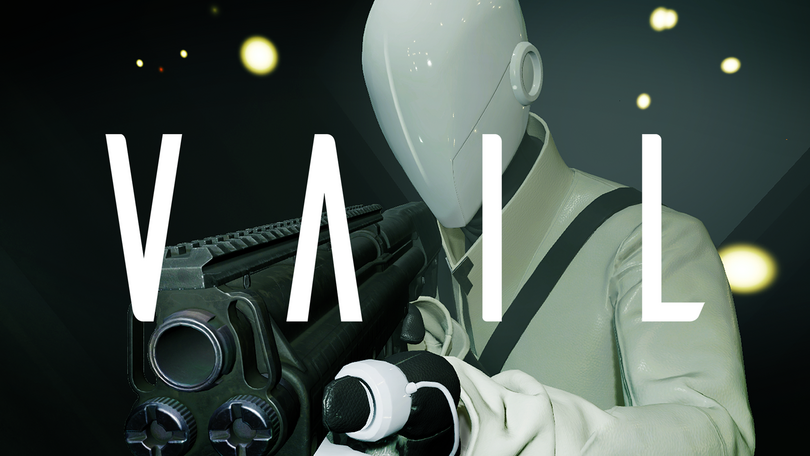
Their team also took a great deal of care in selecting the typeface for VAIL. AEXLAB CTO Ovadia found the game’s font, Ailerons, which was actually a Brazilian designer’s final thesis while studying graphic design. The game takes place in the near future, on a post-apocalyptic Earth with an orbiting Colony that promises a new phase of life. Visually, the game has a minimalist design language with mainly monochrome tones and neon color accents, and a futuristic, sci-fi theme. The typeface needed to fit that aesthetic while functioning well within the VR experience, and Ailerons did the job well.
“I’ve really fallen in love with Ailerons, in reading more about the designer and his choices in designing it. It’s beautiful because an aileron is the part of the mechanic of how wings on a plane flare up and move.”
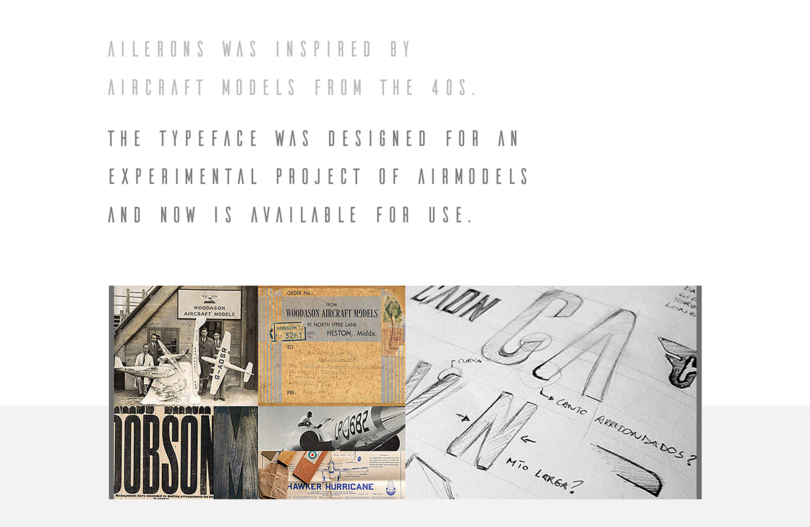
The type designer, Adilson Gonzalez, was inspired by 1940s aircraft, which is evident in the airy design accented with sci-fi flair. Clark, too, is passionate about supporting young designers and mentions that one of her favorite resources is the Typelab font library, which showcases fonts produced by young artists across the globe.
On the general aesthetic front, Clark gushes about her favorite Pantone swatch, a neon slime green. “I’ve currently been obsessed with #C0FF00, it’s my favorite hue of green and I literally can’t stop using it, I’m almost starting to worry that I’m abusing it.” The initial designs for VAIL were very monochrome, but the team has slowly brought more color into the game – something Clark thinks will make the game friendlier and possibly more appealing to a wider audience.
As for character design, the inspiration came from fashion influences and designers that Clark admires and aims to incorporate into her own creations while maintaining the minimal sci-fi aesthetic.
“I love diving in and just making a scene,” Clark says of her creative process. “It’s something I’ve had to work backward from a lot, and now I’m trying to spend more time concepting and building a better workflow.” Most of the time she jumps straight into Unreal Engine to build out scenes or straight to laying out video clips rather than sketching or storyboarding.
“Having access to the tools in Unreal Engine opened up worlds for me, to be able to create my own universe. It’s really kind of a magical time to be starting out.”
For those interested in learning more about designing for VR, Clark recommends downloading Unreal Engine and checking out their free educational tutorials, mini-courses, podcasts, and live streams on YouTube.
